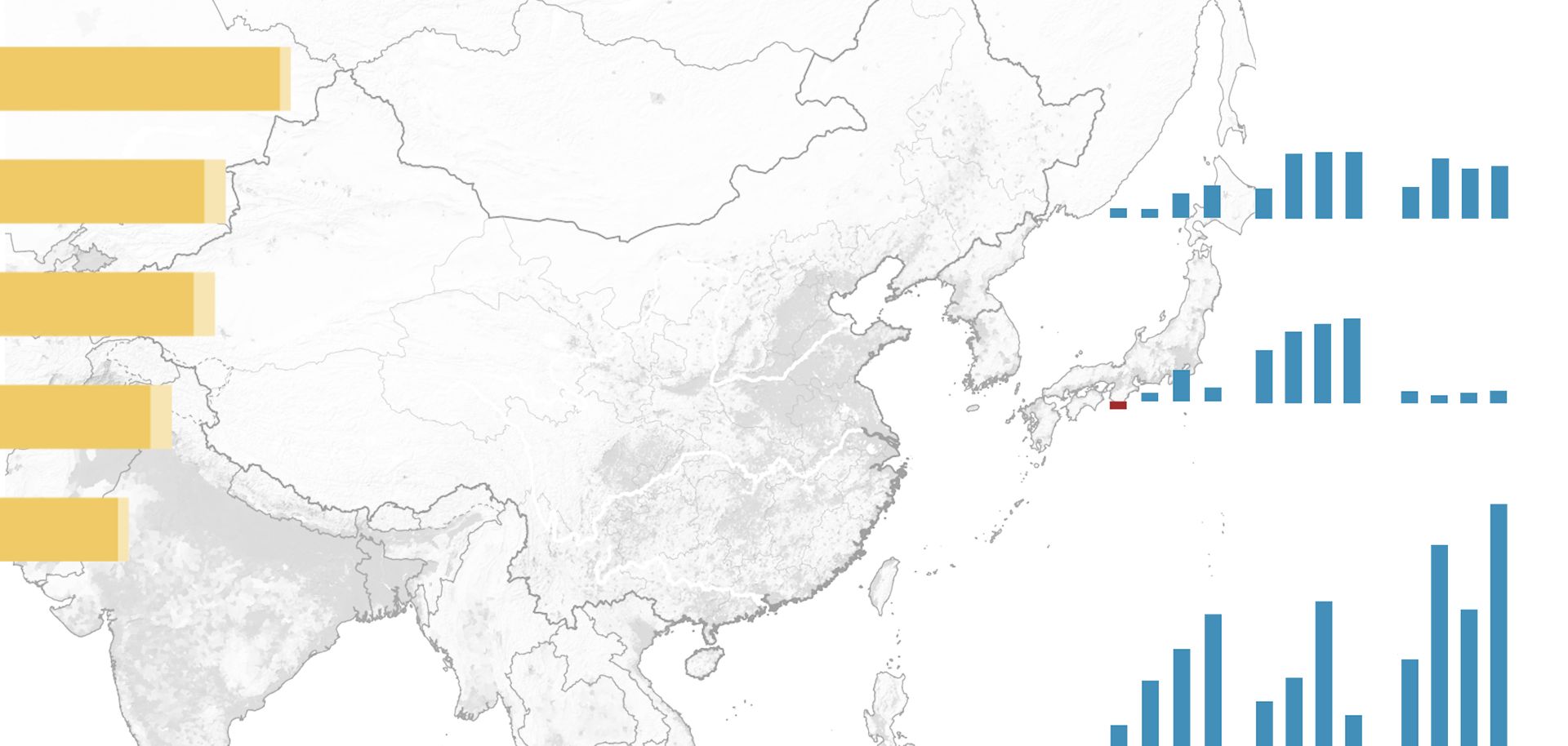
Recent unrest in Guerrero is the latest manifestation of Mexico City's historical struggle to control the territories on its southwestern periphery, including Chiapas, Michoacan, Guerrero and Oaxaca states. The deserts, mountains and plateaus that begin outside Mexico City make for a large geographic territory difficult to control and integrate economically, leading to a substantial socio-economic divide between the core and the periphery, especially in Mexico's southwestern states. Their proximity to Mexico's core increases Mexico City's sensitivity to unrest there, given the risk of demonstrations spreading to the capital. Whether protests will cause significant disruptions outside Guerrero remains to be seen. But either way, the situation in Guerrero has shined a spotlight on Mexico's ongoing struggles with political corruption, organized crime-related violence and the disparities between the urban core and the rural periphery, publicity that could frighten off investors and disrupt Mexico City's security strategy.
The most immediate challenge to Mexico City — unwanted attention on the insecurity within its borders — is less serious than the struggle to control its periphery, but it is unwelcome nonetheless. Given the advent of energy reform, Mexico is now eagerly awaiting the foreign investment needed to jump-start its energy sector, but it fears that violence and unrest could scare off onshore investment. Though nationwide violence has gradually declined since its peak between 2010 and 2012, the always-restive Mexican southwest contains some of the highest levels of criminal violence in the country and the weakest local governments.
The poor economies, weak governing institutions and relative isolation from the core in Mexico's rural southwest have also created an environment suitable for various insurgencies that Mexico City has had to deploy military forces to quell at various times. Since the 1990s, several low-level Marxist guerrilla groups have emerged in Guerrero state. The most notable is the Popular Revolutionary Army, to which a number of attacks against federal troops and hydrocarbon pipelines during the 1990s and 2000s were attributed. Whether any of these groups — which have not given signs of meaningful activity since at least 2007 — continue to operate remains uncertain, but normalistas in Guerrero share ideological affinities with them. Several communiques purportedly from the Popular Revolutionary Army and its suspected splinter groups have been disseminated in Mexican media outlets backing the normalistas and condemning the Guerreros Unidos. Aside from the communiques, however, no indicators of a new wave of guerrilla attacks in Guerrero have emerged.



